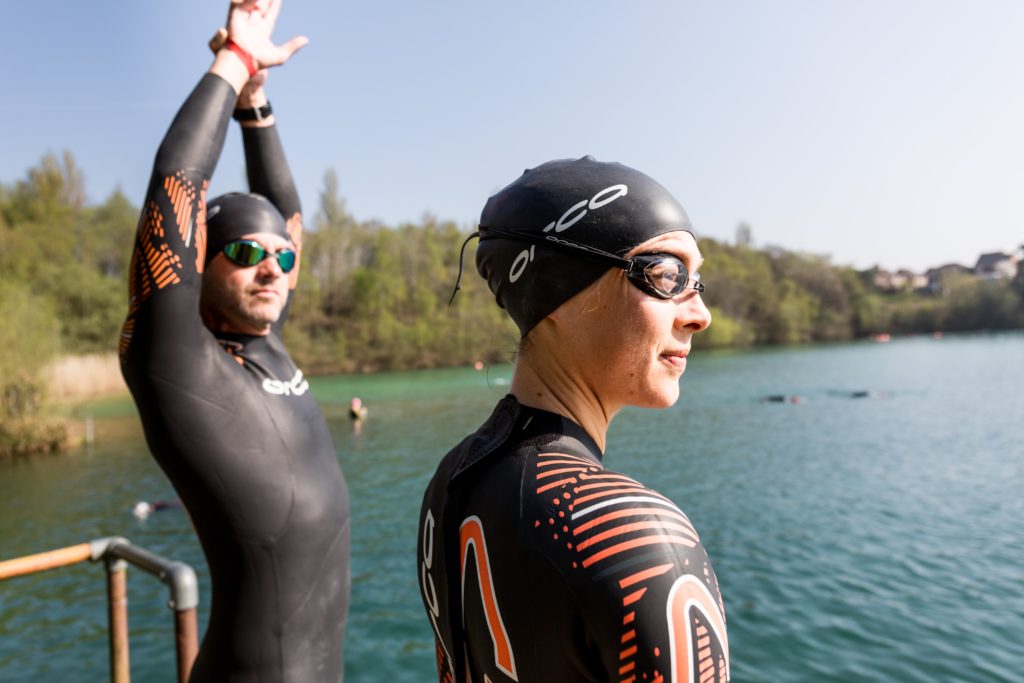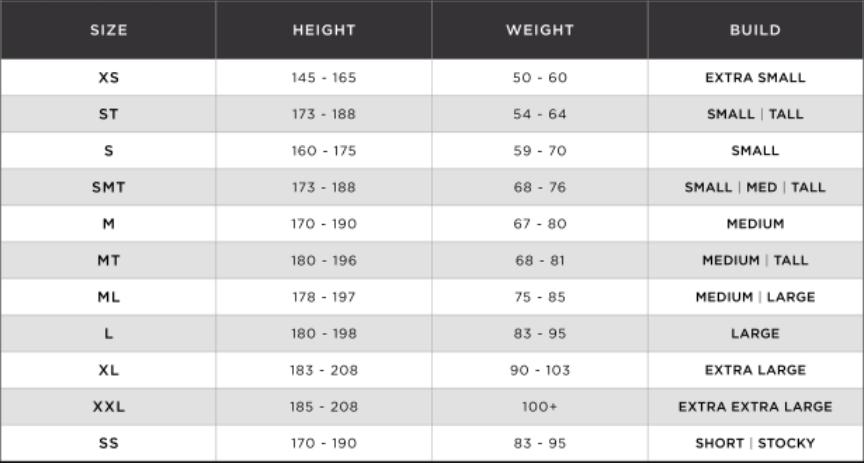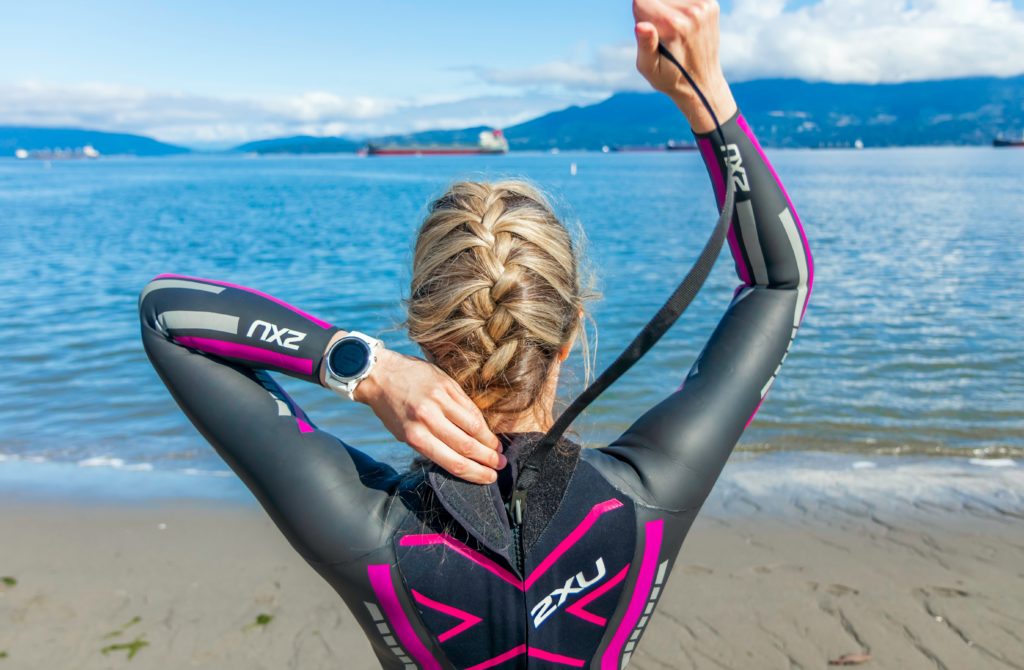How Should the Right Wetsuit Fit?
5 Tips to make sure you have the right fit, style and size wetsuit for your next triathlon.

A wetsuit is a key piece of equipment in the triathletes tool box. Created primarily to preserve body temperature in colder water, it also provides the added benefit of buoyancy allowing you to sit higher in the water and potentially swim a bit faster.
However, every person is unique and finding the right wetsuit can be tricky. Here are my five tips to help you identify the right wetsuit.
Wetsuit construction
To choose the right wetsuit you first need to understand how they are constructed. All wetsuits are a trade-off between flexibility and buoyancy. The more buoyant the wetsuit, the less flexible it is.
All wetsuits are made of a material called neoprene, a water resistant synthetic rubber. The thickness of the neoprene determines its flexibility and buoyancy. In most triathlon races, there is a maximum thickness limit of 5mm.
The thickness varies across different areas of the suit. For example, on a basic entry level suit, the chest and shoulders will have thinner material (3mm or 4mm) to promote easier movement. As you move up in the price range, this thickness optimization becomes more aggressive, with thickness as low as 1.5mm in the arms/shoulders and 3mm in the legs. However, less neoprene means less buoyancy so these suits are better suited for stronger, more advanced swimmers.
The ultra high end suits may come with an additional silicon coating on the outside. This “Super Composite Skin” helps the material repel water more easily, thus reducing drag. It also traps additional air within to make it more buoyant.

The right wetsuit fit
When we think about wetsuit fit, we need to consider the hydrodynamics of swimming. The lower the surface area, the less drag we create. Wetsuits should be as tight as comfortably possible to eliminate any excess drag.
- Shoulders: should have flexibility and be able to move unrestricted.
- Neck: should be snug as to not create a gap that would allow water to pour in.
- Torso: The suit should be taught from the tops of the shoulders down to the bottom of the pelvic floor, like a slightly stretched rubber band. Wetsuits that are too big tend to bunch at the small of the back and fill with water.
- Arms and legs: should be particularly tight to avoid any bunching or wrinkling. Don’t worry about length; they can be trimmed back as needed.

The right wetsuit sizing
First and foremost, make sure you are purchasing a suit made for your body type. Each body type is completely unique, and construction of the suit varies from men to women.
Wetsuit manufacturers typically make a wide variety of sizes that range across different heights and weights. Many offer sizing charts to allow you to identify which is right for you. Huub, for example, offers between 10 – 15 different sizes per style, which fit most body types.
If you fall in between sizes, always go smaller rather than larger. Neoprene stretches in water and with use.

Try before you buy
It is recommended to try on a suit, and if possible, swim in it, before purchasing. As previously mentioned, neoprene stretches, so if you are trying it out on dry land, it should feel very tight. If it fits comfortably dry, then it will be too big when you swim.
Lastly, wetsuits are expensive, so check out the warranty; two years is best, one year minimum.
Wetsuit lubrication
Even the highest quality suit can result in some unwanted rubbing. Chaffing around the neck, which can be quite painful, is not uncommon. Products such as Body Glide prevent this rubbing. You can also add some to your wrists and ankles to help the suit slide on and off more easily. Note, it is not recommended to use petroleum jelly based products such as Vaseline as they can damage the neoprene.
***
Mike Trees is a running/triathlon coach (NRG Coaching) and all around elite endurance athlete. As a runner, Mike competed at Britain’s top sports University, Loughborough. He went on to race and coach all over the world, most recently in Japan. After 15 years racing as a professional triathlete, Mike eventually took up coaching triathlon and has coached Olympians and world champions, as well as National level and top amateurs.

